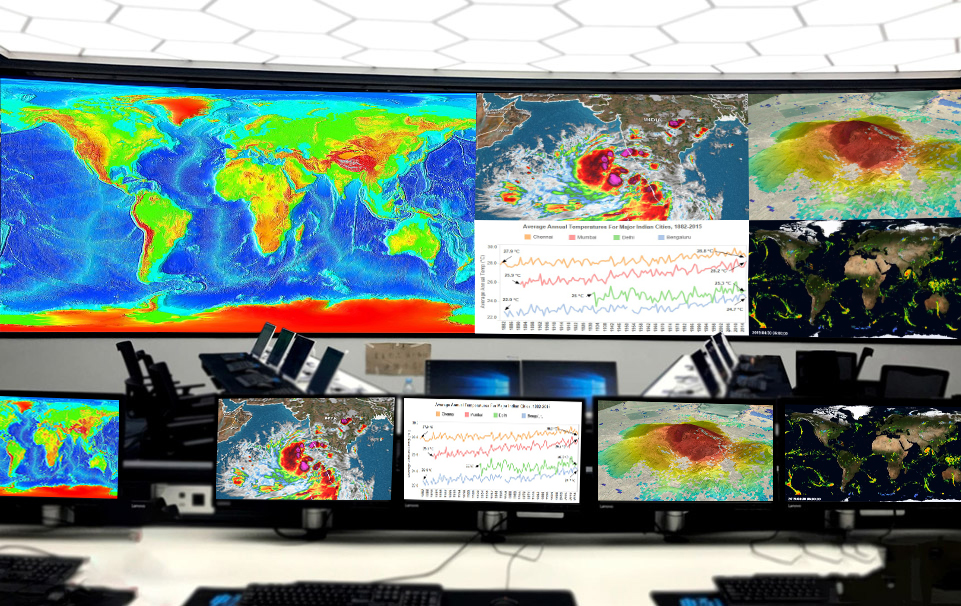The design of the large screen in the command and dispatch room is a comprehensive project, which aims to achieve efficient display of dispatching operation data, real-time feedback of monitoring system status and support for optimized decision-making through advanced data visualization technology. The following is a detailed design of the large screen in the command and dispatch room:

一、Project Background and Objectives
The core purpose of the large screen in the command and dispatch room is to display key indicators, help dispatchers and managers understand the system operation, find abnormalities in time, and take corresponding measures. Through the large screen system, unified resource control, unified monitoring of the transportation process, and information distribution and sharing can be achieved, thus building a logistics or other field control system with efficient operation and cost saving.
二、Composition of large screen system
Large screen display unit: Use high-resolution LCD splicing screen, such as 46 inches, 49 inches, 55 inches, etc., to form a large screen system through splicing. The screen seam should be as small as possible, so that its integrated display effect is better.
Base/bracket: used to fix the display unit to ensure the stability of the large screen and the firmness of the splicing
Control equipment: including VGA matrix, video matrix, control computer, etc., used for signal switching, control, etc.
Control software: realize the functions of controlling the switch, display mode, signal switching, etc. of the large screen through the computer
三、Technology selection
Front-end framework: Vue.js, React, Angular, etc., used to build the front-end part of the large-screen display interface.
Data visualization library: Echarts, D3.js, Highcharts, etc., used to intuitively display data in the form of charts, images, etc.
Back-end technology: Node.js, Spring Boot, etc., used to process data logic, provide data interfaces, etc.
Database: MySQL, MongoDB, etc., used for data storage and persistence.
Communication protocol: WebSocket, HTTP, etc., used for real-time transmission of front-end and back-end data.

四、Large screen layout and function design
Layout design: Divide the display area into multiple partitions, each partition is used to display one or more related indicators. For example, equipment status indicator partition, production data statistical indicator partition, resource consumption indicator partition, etc.
Function design: Real-time data update: Ensure that the latest information is displayed on the large screen.
Abnormal warning display: Provide clear abnormal and warning information so that users can take timely action.
Single screen display, combined display, full screen display, superimposed roaming and other functions: You can call up one video signal at will for amplification and superimposed display.
Cooperate with GIS and GPS system display control: Improve the level of data integration and realize real-time tracking and monitoring of objects.
五、Maintenance and Optimization
Daily maintenance: Regularly check the operating status of the large-screen system to ensure that the equipment is normal and the data is accurate.
Optimization and upgrade: Based on user feedback and technological development, optimize and upgrade the large-screen system to improve user experience and system performance.
六、Case reference
You can refer to some successful large-screen application cases in command and dispatch rooms. The large-screen systems in these cases integrate a variety of advanced technologies, realize the visualization of various data and business information, and provide strong support for dispatch work.

